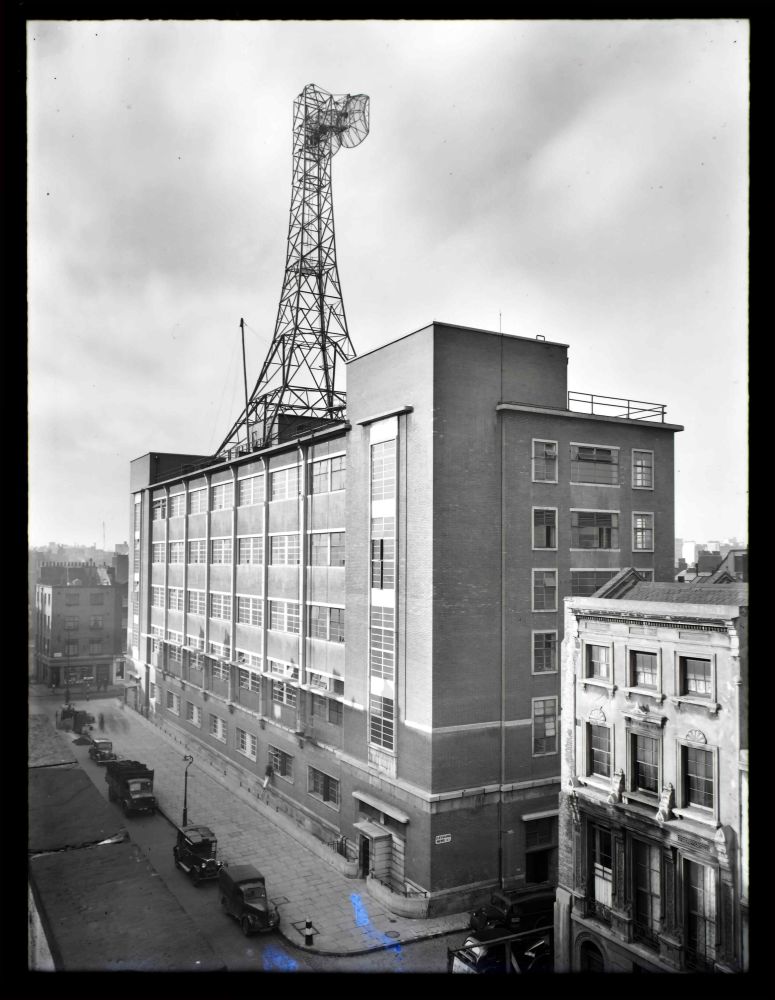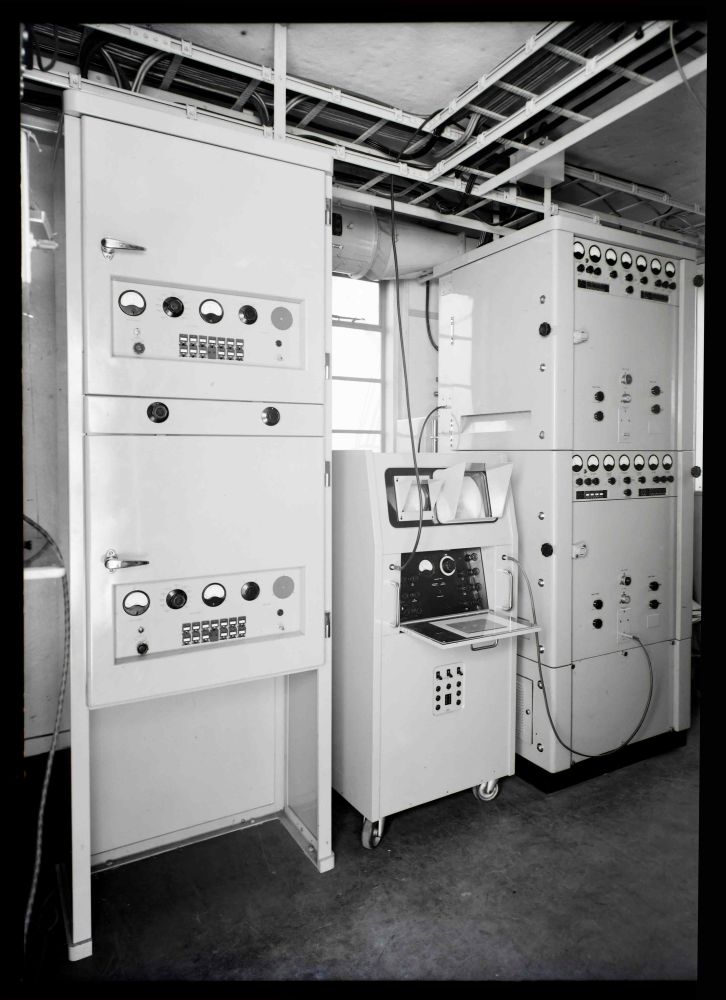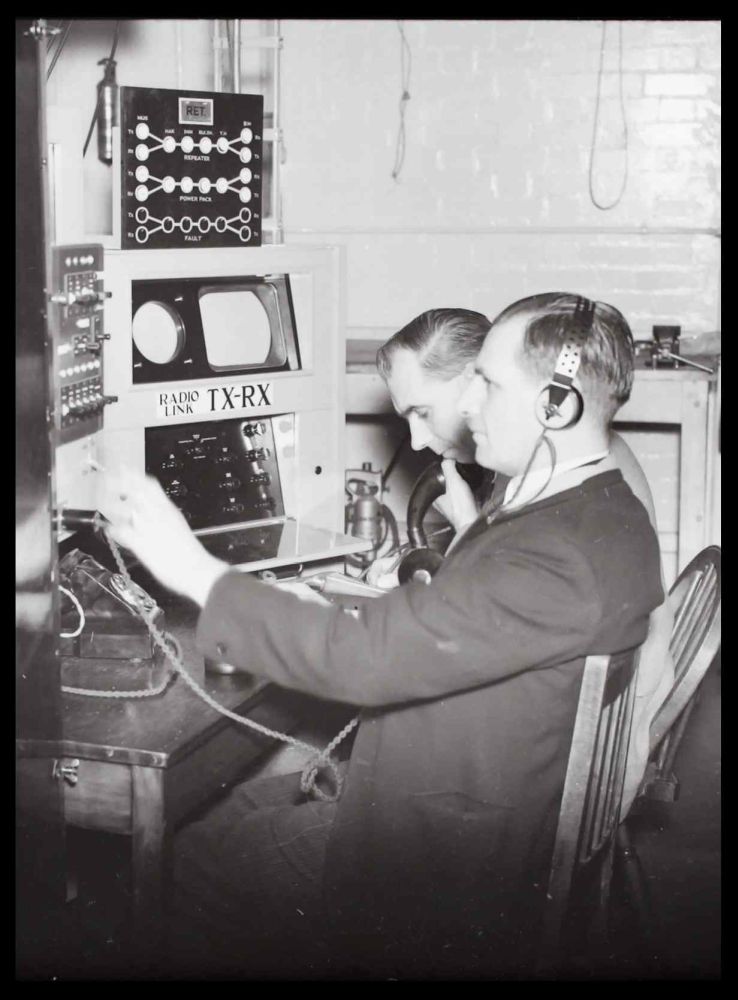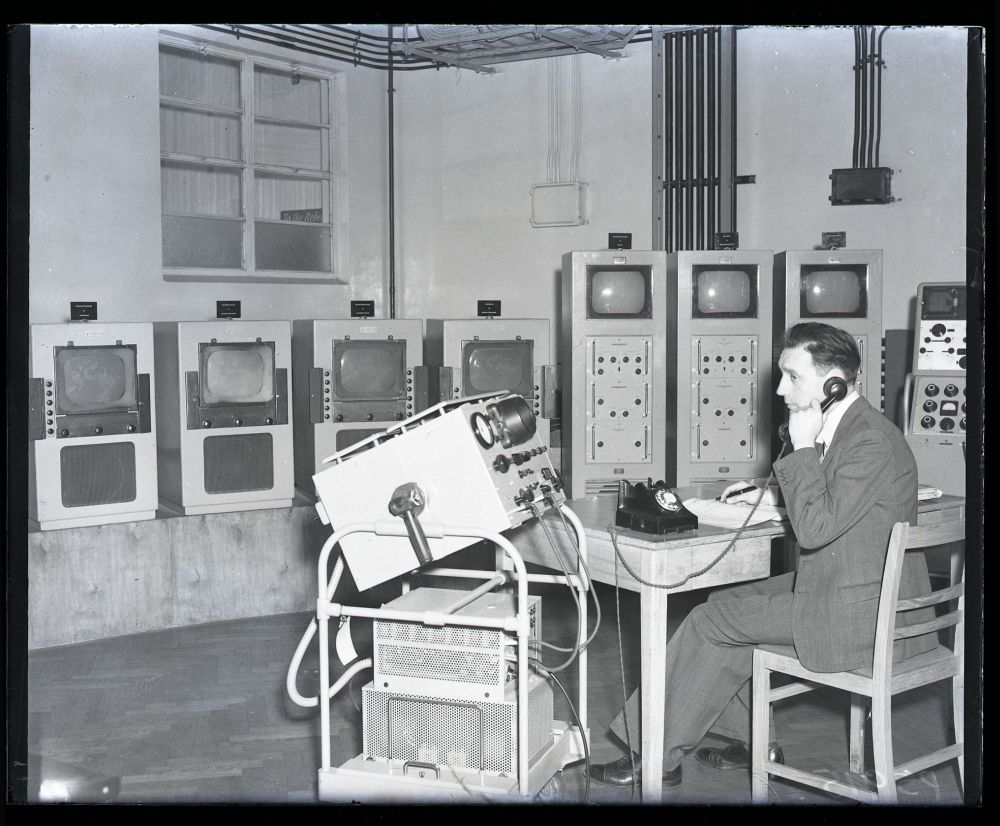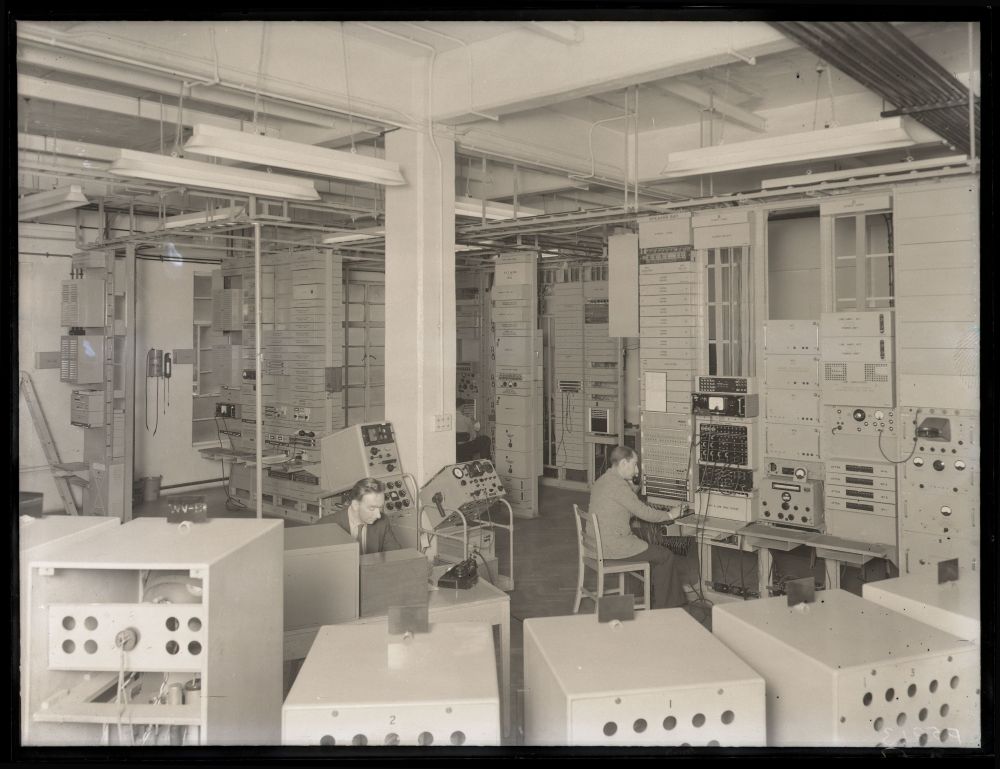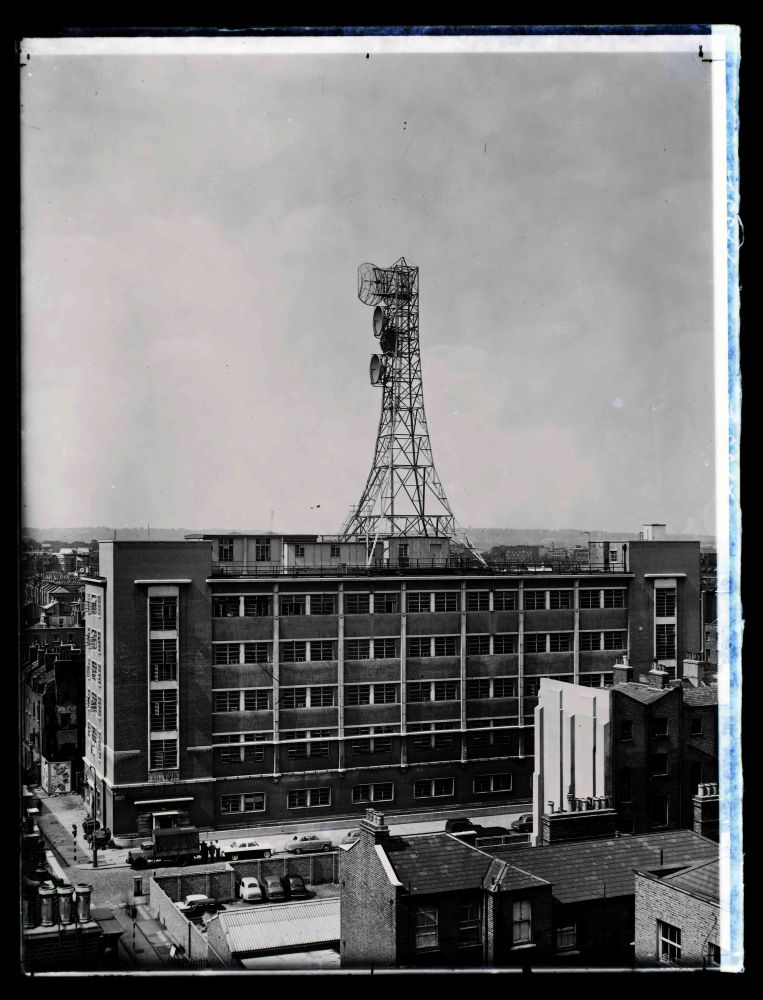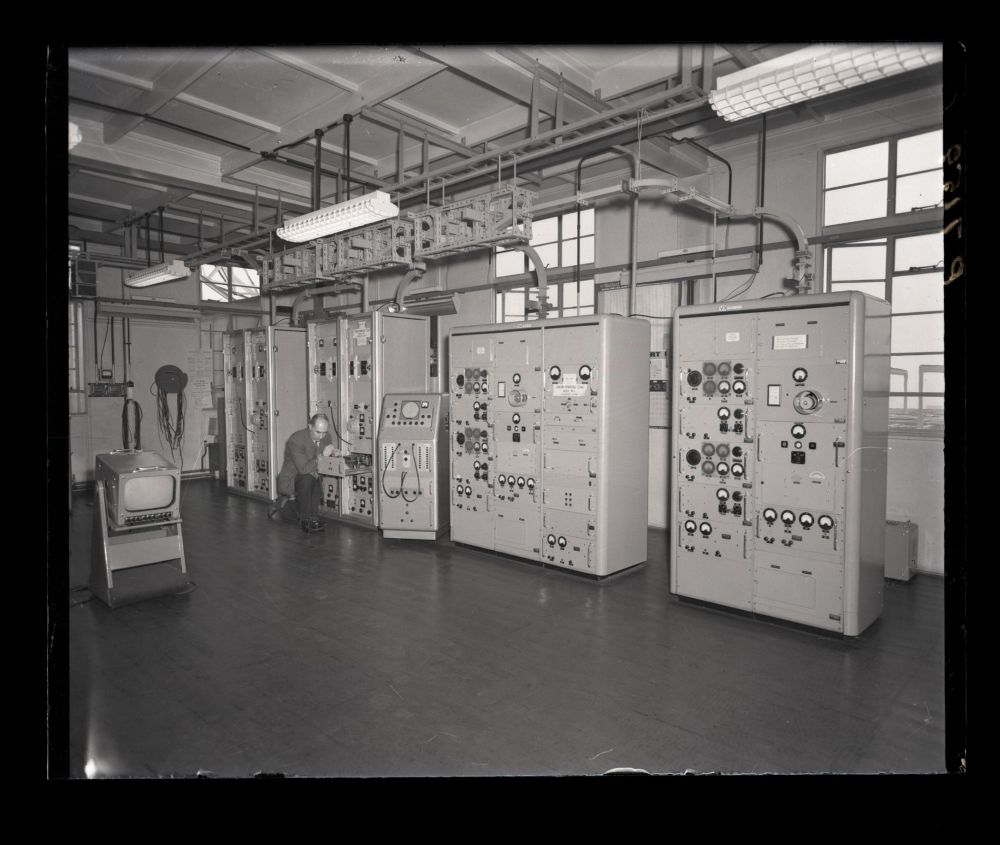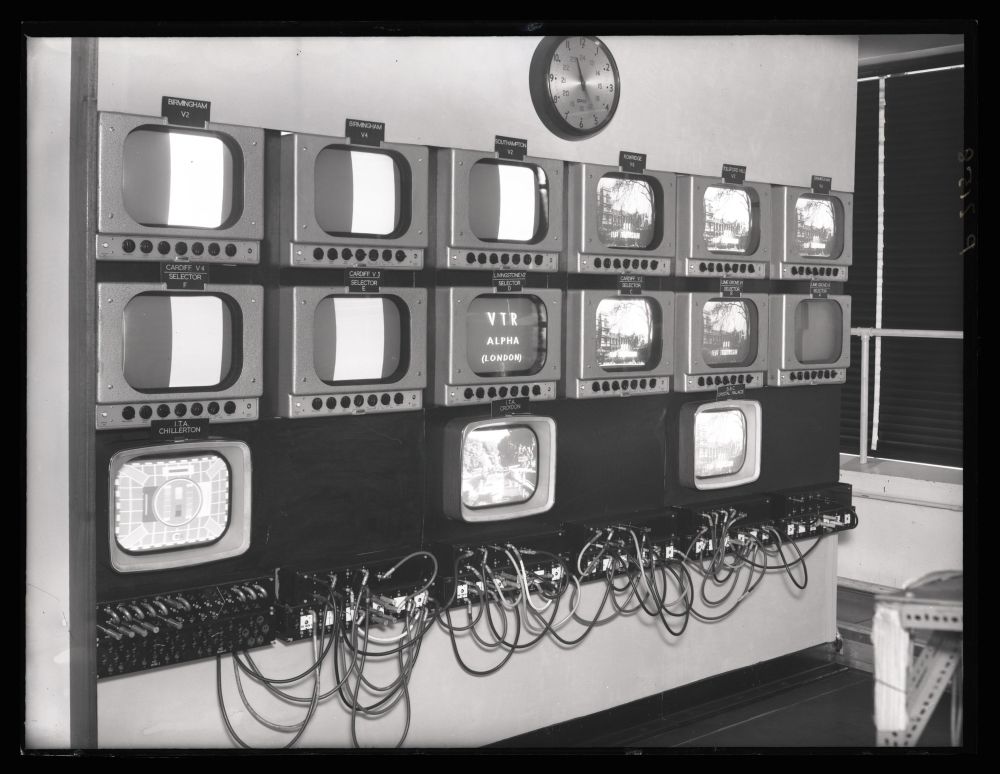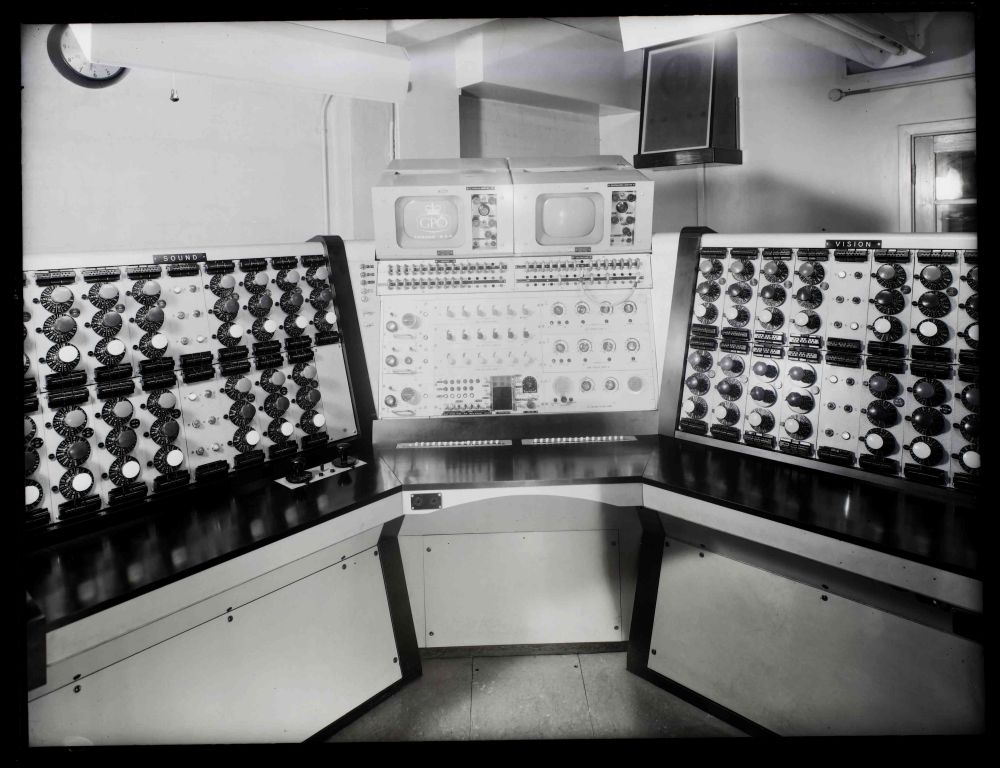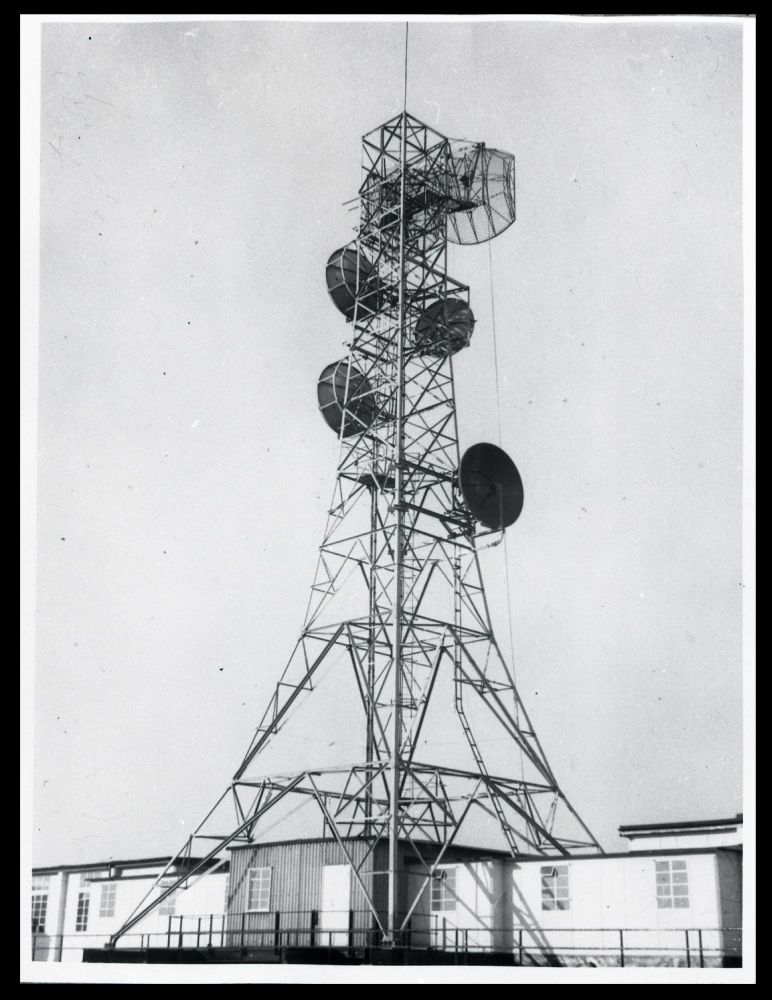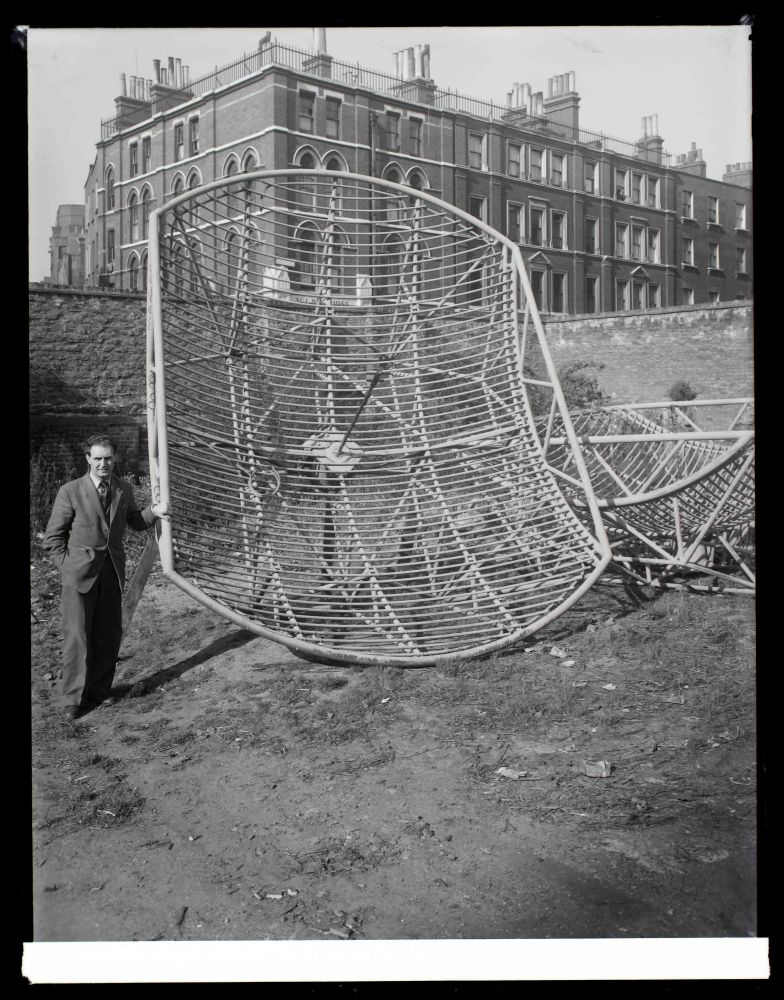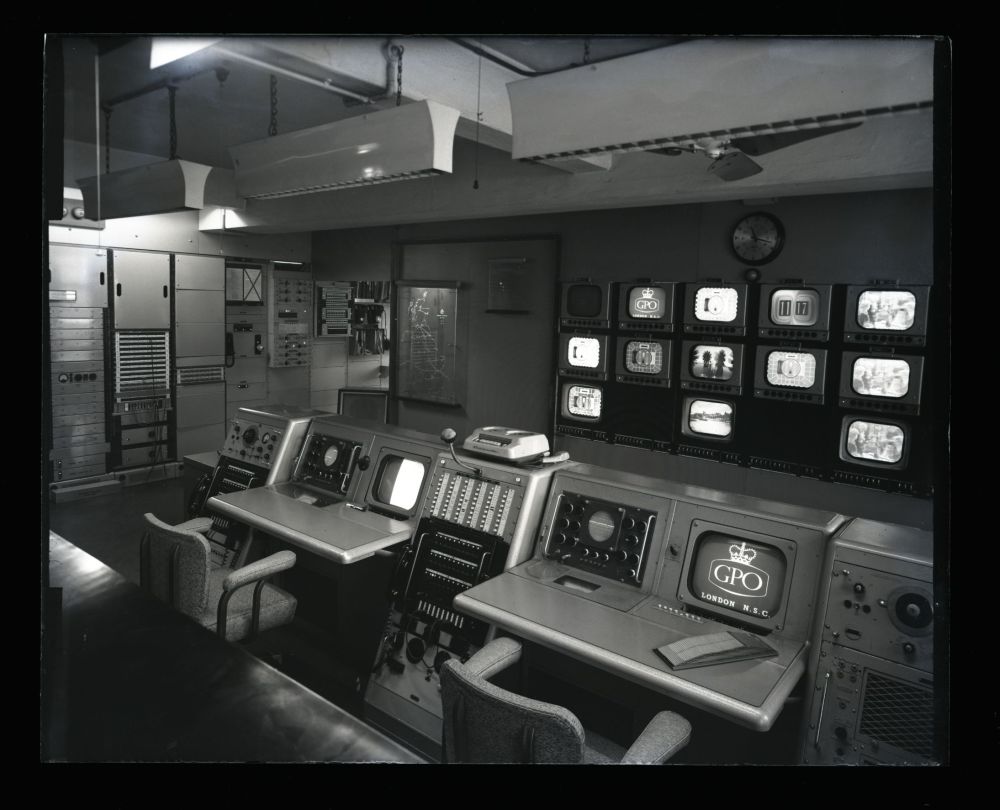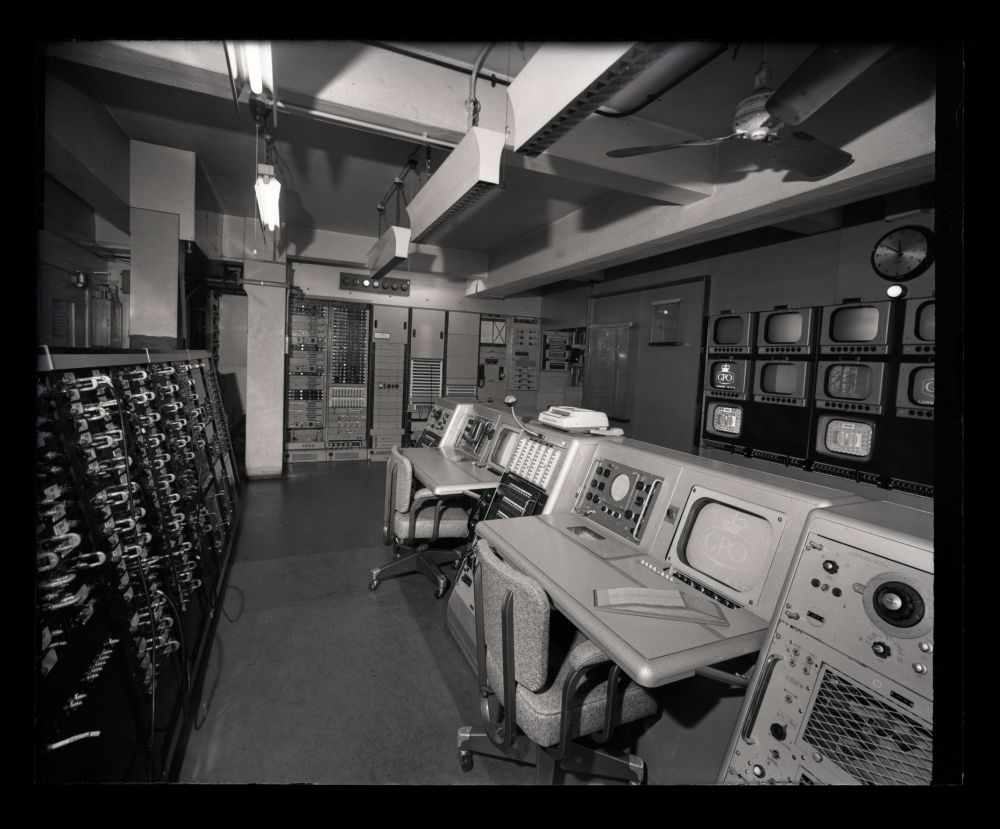History
The microwave site at Museum developed from the 1949 900 MHz London to Birmingham television link . By the time the Post Office Tower entered full service in 1967 the small lattice tower on the roof of the exchange carried television links towards Southampton and the Isle of Wight and towards Norwich as well as an upgraded link to Birmingham. Local cable links to BBC and ITV studios meant that by the end of the 1950s Museum had already become a key part of television distribution, a role which would expand once the new Tower was operational "next door".
The Engineer in Chief's Annual Report1948 - 1949 reveals the contracts for the London to Birmingham link were to include cable sections between Museum and Harrow Weald (and similarly at Birmingham) but reception tests during the tendering process indicated it would be feasible to use radio from end-to-end and the cost was no more than the proposed cable links. Had that decision been different it's possible the network would have developed in a different way, without the Post Office Tower in central London. In practice, plans for a 450 ft tower were discussed as early as 1957.
The original 900 MHz link was used in succession by the BBC and ITA to provide programme feeds (via Birmingham) to the Sutton Coldfield and Lichfield transmitters respectively. Museum and most of the intermediate sites were used for 2 GHz links from the late 1950s and the 900 MHz equipment was recovered around 1961.
A link to the Isle of Wight opened in 1954 but initially the London (BBC) TV transmission was received off-air at Golden Pot. A two-way 4 GHz link between Museum and Golden Pot entered service around 1956. Work to provide links for ITV invloved additional channels between Museum and the Isle of Wight and new links at Southampton. This route is believed to have continued in service until the late 1960s when the new route via Bagshot was brought into operation, from the Post Office Tower.
A third television link from Museum ran via Kelvedon Hatch towards Norwich and the ITA transmitter at Mendlesham. This opened in October 1959 and operated at 2 GHz and is believed to have continued on the same band from the new tower.
With the completion of the Post Office Tower all services were transferred and the lattice tower dismantled in 1967 (video). The name "Museum" seems appropriate for what may be considered the historical home of television distribution in the UK but, of course, was a reference to the nearby British Museum. The exchange building dates from the 1930s and still stands on Howland Street but is somewhat dwarfed by the "new" tower and other 1960s buildings forming the current BT complex. The name "Museum" remained in use for many years with documentation referring to the 1960s concrete structure as "Museum Tower".
